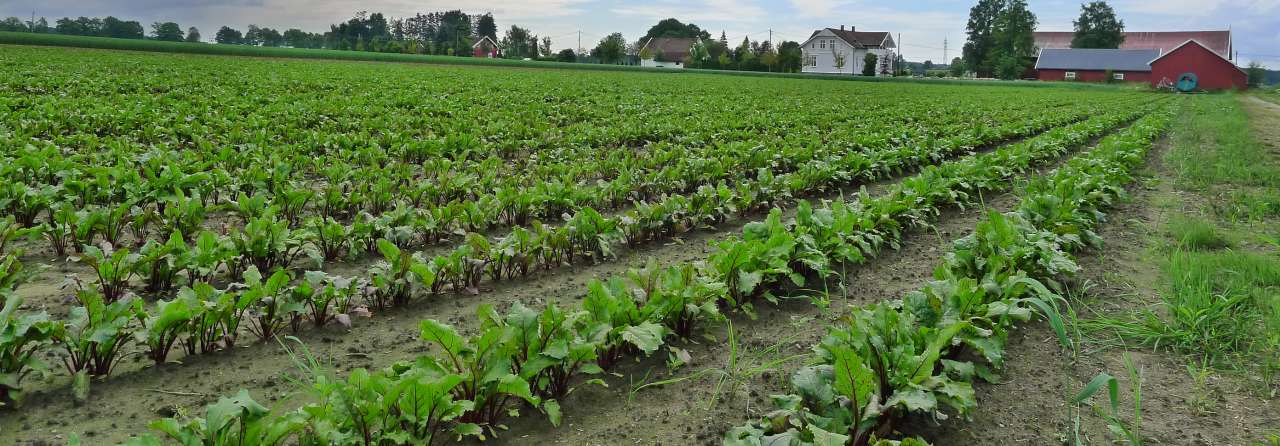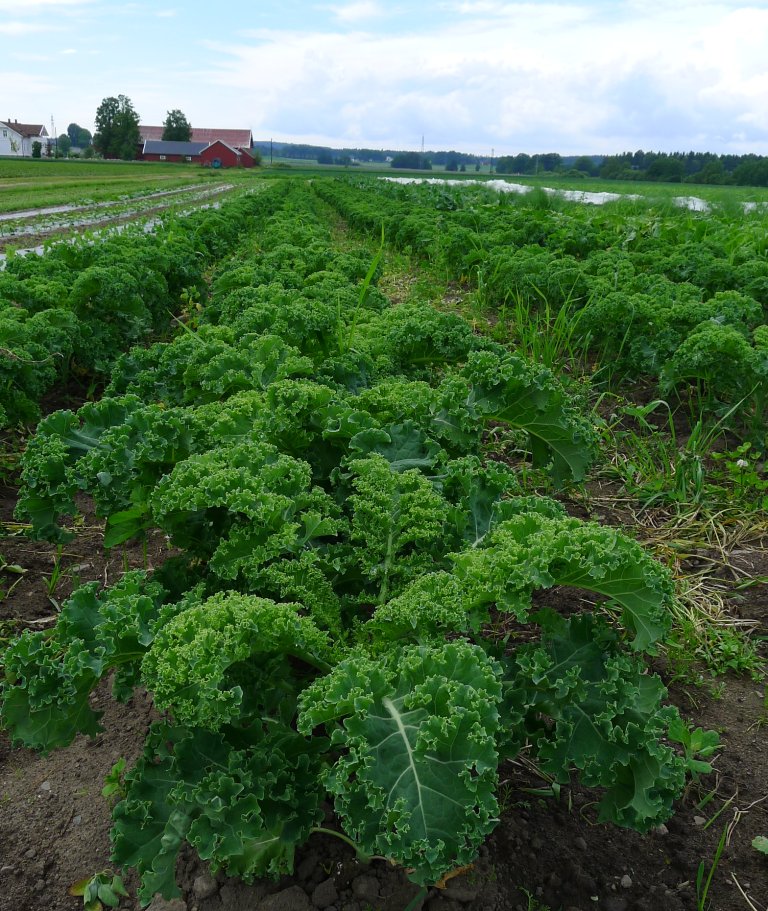Areas with vegetable production

Photo: Svein Skøien
In areas with vegetable production the soil is often exposed, without a protective vegetation cover. Thus, the soil is vulnerable to erosion, with a high risk of loss of particles, nutrients and pesticides to watercourses.
In agricultural areas with intensive vegetable production, soil phosphorus content (measured as P-AL) is often very high due to strong fertilization over a long time. Nutrient inputs can therefore in many cases exceed the need of the crops. Through erosion and surface runoff, large amounts of particles and phosphorus (both in solution and particle-bound) can therefore be lost into the water systems. Mapping the P-AL status of the soil is usually recommended, and when high, a long-term measure can be to reduce the soil phosphorus content.
Since it can take a long time to reduce the phosphorus levels in soil, it will be important to implement secondary measures to avoid losses of nutrient and pesticide rich particles to the watercourses. Such secondary measures can be vegetated buffer zones along rivers, and/or sedimentation ponds. Both these measures increase the retention of particles. In addition, purification of drain water by means of filter beds can also be recommended where appropriate.

